Sony Alpha ILCE-7 III (ILCE7M3)
The mirrorless digital camera Sony ILCE-7 III features an updated sensor design and is a camera suitable for both photo and video applications with a wide range of working situations
The newly developed 24.2MP Exmor R BSI CMOS sensor and BIONZ X image processor are optimized for improved speed and low-light performance, enabling an impressive 10fps continuous shooting rate and improved autofocus performance for faster and more reliable subject tracking
.
The updated Fast Hybrid AF system uses a combination of 693 phase detection points and 425 contrast detection areas for very faster focus acquisition in nearly all lighting conditions and maintains focus on the subject more effectively. In addition to speed and autofocus, processing improvements also provide more clear images with highly redacted noise throughout the sensitivity range of ISO 100-51200, which can even be extended to ISO 50-204800.
Video recording capabilities have been enhanced for improved quality when shooting UHD 4K video using the full width of the full-frame sensor to minimize moiré and aliasing
.
Additionally, the a7 III utilizes 5-axis SteadyShot INSIDE sensor-shift image stabilization to minimize the occurrence of camera shake by up to 5 stops.
Aside from the imaging system updates, the body design of the Sony a7 III has also been revised to include a rear-facing 3.0" 922k-dot touchscreen LCD, which features a tilting design to better support high and low angle work. A Tru-Finder OLED EVF viewfinder with 2.36 million pixels is responsible for bright and clear detection of the subject,
two SD memory card slots are now available for more shooting flexibility, and a larger NP-FZ100 battery can now also be used to achieve up to approximately 710 shots per charge
.
For use of the camera in harsh conditions, the body is made of a rugged magnesium alloy, this and the a7 III's weather sealing also make the body dust and moisture resistant.
24.2MP Exmor R BSI CMOS Sensor and BIONZ X Image Processor
The 24.2-megapixel Exmor R CMOS sensor works with the BIONZ X image processor to deliver high-resolution still images and video while minimizing noise and improving speed. This sensor design works with an on-chip lens design and anti-reflective coating, as well as the elimination of the optical low-pass filter, to improve shooting quality and increase detail.
In addition, a copper wire layer improves data transfer speed for creating high-resolution 14-bit stills with a native sensitivity of ISO 100-51200, which can be extended to ISO 50-204800. In addition, internal UHD enables 4K video recording with a wide dynamic range utilizing the full width of the full-frame sensor.
The BIONZ X processor also works in conjunction with a high-speed front-end LSI to realize faster processing times while capturing an impressive 15 stops of dynamic range at low sensitivities. The sensor and processor combination also enables fast continuous shooting at up to 10 frames per second at full resolution, for up to 177 consecutive frames and with full-time AF/AE, and whether using the mechanical shutter or electronic shutter. When shooting in Live View mode, a continuous shooting rate of up to 8 frames per second is still possible.
Fast Hybrid AF System
An enhanced 4D FOCUS system now uses a combination of 693 phase detection points covering approximately 93% of the frame, along with 425 contrast detection areas to ensure reliable and fast autofocus and subject tracking. This fast hybrid AF system now achieves twice the focusing speed and more reliable tracking compared to previous a7 models, as well as significantly improved focusing in low light.
The use of phase detection points now enables the use of A-mount lenses via the optional LA-EA3 or LA-EA1 lens adapters with full continuous AF/AE tracking compatibility.
The Sony a7 III offers extensive, customizable color and gamma controls, allowing users to adjust gamma, black level, knee, color level
and more.
In addition, users can use the same S-Log2 gamma curve found on high-end cameras from Sony Cinema, which adds up to 1300% more dynamic range to the video signal than the traditional REC709, increasing flexibility in post-production.
HLG (Hybrid Log-Gamma) support is also available for recording within a wide color space, in addition to BT.2020 color space. In addition to S-Log2, S-Log3 is also available for creating an effective 14-stop dynamic range with improved grading control in the shadow to midtone region of the image.
Body Design and Integrated Wi-Fi/Bluetooth
The XGA OLED Tru-Finder EVF is responsible for a bright, clear and detailed display with a resolution of 2.36 million pixels and a magnification of 0.78x. This viewfinder design also enables the use of autofocus in focus magnifier mode, as well as enhanced focusing to support manual focusing. In addition to the EVF, a 3.0" 922k-dot LCD is also mounted on the back of the camera, featuring a touch panel design for intuitive operation and focusing. The screen also tilts 107° up and 41° down to facilitate working at high and low angles, and the
magnesium alloy chassis ensures rigidity, durability and stability while keeping weight to a minimum. The lens mount has also been improved to better support heavy lenses, and the grip stiffness has been improved to allow more comfortable holding with one hand.
Weather sealing is used to resist dust and moisture and ensure reliable operation in harsh weather conditions.
With the NP-FZ100 battery, the a7 III has improved battery life and is now rated for approximately 710 shots per charge
.
Dual SD memory card slots allow flexible file storage and editing, and can be configured to partition raw and JPEG files or be used for overflow recording. One of the card slots is designed to support UHS-II memory cards. In addition to a micro USB port, a USB 3.0 Type-C port has been added for faster and more reliable tethering support. The USB Type-C port allows the camera to charge from the host's power source while plugged in, and
built-in Wi-Fi enables the Sony a7 III to instantly share images with mobile devices for direct online sharing to social networks, email and a cloud. NFC (Near Field Communication) is also supported, enabling a one-touch connection between the camera and compatible mobile devices; no complex setup is required. Once connected, the connected mobile device can also display a live image on its screen and remotely control the camera shutter. Bluetooth connectivity allows location data to be captured.
Other camera features
The Ratings feature allows you to assign values of 1-5 stars to images in the camera for faster editing and sorting during post-processing at home
.
An advanced 1200-zone evaluative exposure metering sensor delivers consistent and accurate results with multi-field metering, center-weighted metering, or spot meter
ing.
Highlight and Average metering modes help prevent blow-out highlights and provide stable automatic exposure, while
Anti-Flicker shooting
automatically
detects and times the shutter release to minimize the flicker effect for more consistent results in still images
.
Body design and integrated Wi-Fi/Bluetooth
- The XGA OLED Tru-Finder EVF features 2.36m resolution and 0.78x magnification for a bright, clear and detailed display
.
- This viewfinder design also enables the use of autofocus in focus magnifier mode, as well as improved focus tracking for the benefit of manual focus operation
.- In addition to the EVF, a 3.0" 922k-dot LCD display is available on the rear, featuring a touch panel design for intuitive operation and focus control
.- The screen also tilts 107° up and 41° down, making it easier to work from high and low angles
.- The magnesium alloy body provides rigidity, durability, and stability while keeping weight to a minimum.
The- lens mount has also been improved to better support heavy lenses, and the grip rigidity has been enhanced for a more comfortable hand position
.- A weather seal protects the camera from dust and moisture for reliable operation in harsh weather conditions.
- Using the NP-FZ100 battery, the a7 III has improved battery life and is now rated for approximately 710 shots per charge.
- Two SD memory card slots allow for flexible file storage and handling
- .
- They can be configured to partition raw and JPEG files or be used for overflow shooting, and
- one of the card slots is designed to support UHS-II memory cards
- .
- A USB 3.0 Type-C port has been added in addition to a micro USB port to provide faster and more reliable tethering support
.- The USB Type-C port allows the camera to be charged from the host power source while plugged in, and
the- built-in Wi-Fi port allows the a7 III to instantly transfer images to mobile devices for direct online sharing on social networks, email, or cloud storage
.- NFC (Near Field Communication) is also supported, enabling a one-touch connection between the camera and compatible mobile devices; no complex setup is required
.- Once connected, the linked mobile device can also display a live image on its screen and remotely control the camera's shutter release, and
- Bluetooth connectivity enables location data collection
- .
Other functions
- The rating function lets you assign stars from 1 to 5 to images in the camera for faster editing and sorting in post-processing at home
.
- The advanced 1200-zone evaluative metering sensor delivers consistent and accurate results when using multi-field, center-weighted, or spot metering, and the
- Highlight and Average modes help prevent overexposed highlights and provide stable automatic exposure, respectively
.- The Anti-Flicker function automatically detects and times the shutter release to minimize the flicker effect for more consistent photo results.
- Picture Effect Modes: Posterization (Color), Posterization (B&W), Pop Color, Retro Photo, Partial Color (R/G/B/Y), High Contrast Monochrome, Toy Camera (Normal/Cool/Warm/Green/Magenta), and Soft High-Key
.- Creative Style Modes: Standard, Vivid, Neutral, Clear, Deep, Bright, Portrait, Landscape, Sunset, Night Scene, Autumn Foliage, Black & White, Sepia, Style Box (1-6), (Contrast (-3 to +3 stops), Saturation (-3 to +3 stops), Sharpness (-3 to +3 stops).
Samyang AF 85mm F1.4 Sony E-mount
A small telephoto ideal for portraits, animals and travel.
The 85mm focal length is ideal for subjects you want to bring in or highlight without getting too close. The 28.9° angle of view is also particularly well suited for portraits or small groups, as people appear naturally proportioned at this focal length range. Lenses with focal lengths between 80 and 105 millimeters are therefore also called portrait lenses. The AF 85mm F1.4 also cuts a good figure as an all-rounder when traveling. A lens like this is predestined for stitching panoramas with very high resolution, and this focal length also provides a good introduction to night sky photography, for example for parts of the Milky Way. In the zoo, the lens cuts just as good a figure as on the photo safari, and you will be rewarded with enviable shots
.
Designed for best performance
For the best possible optical performance of the lens, the light flow has been specially optimized based on the ratio of the lens glass to the position of the sensor of the Sony cameras. At the same time, the high-quality processed lens has a compact design despite its solid metal housing. Screw filters can be attached to the 77 mm thread, opening up further creative possibilities. The fast and precise autofocus is a great help even with moving subjects
.
High-quality optics for sharp images
The inner workings of this lens consist of 11 glass elements arranged in 8 groups. This makes a low closest focusing distance of only 90 cm possible. 4 high refractive index (HR) lenses and one extra low dispersion (ED) lens reduce chromatic aberrations and aberrations, and provide high imaging performance. This is reflected in sharp images with crisp contrasts and natural colors. Rounding out the optical design is Samyang's proprietary Ultra Multi Coating (UMC), which eliminates reflections and ghosting
.
Advantages of a full-frame lens on a camera with an APS-C sensor
A large number of lens aberrations such as distortion, edge blur or vignetting occur at the outer areas of the image. If you use a lens calculated for full frame on a camera with APS-C sensor, these areas are not used. Thus, you get the maximum quality. Additional post-processing time to correct lens errors is therefore unnecessary. The angle of view for APS-C is 19.1° (crop factor 1.6)
.
Compact dimensions
Despite its strong performance features, the lens, which is housed in a sturdy aluminum body, is small and compact: weighing only 568 g, with a length of just under 10 cm and a diameter of 8.8 cm, it fits easily into almost any camera bag and will not cause back pain or sweating, even on longer trips or tours. Thanks to Samyang's own Weather-Sealing-Protection, it is immune to light rain or snow showers
.
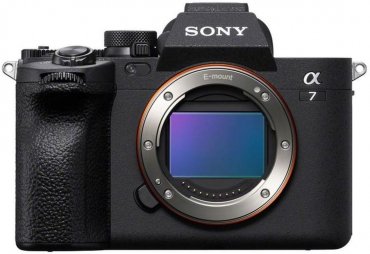

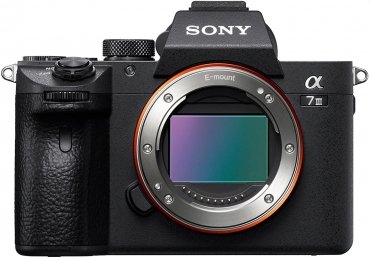
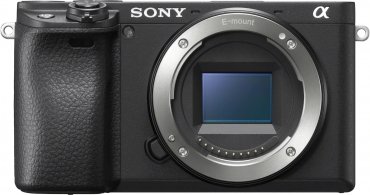
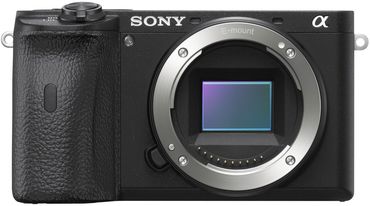
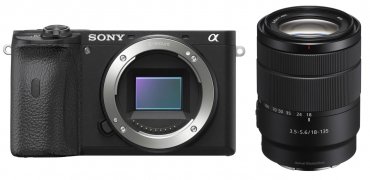
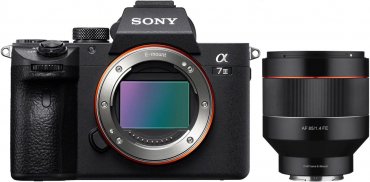
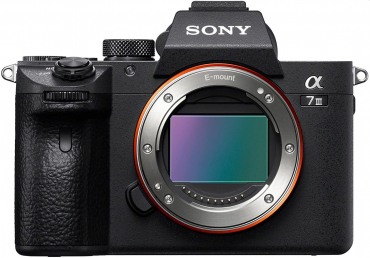
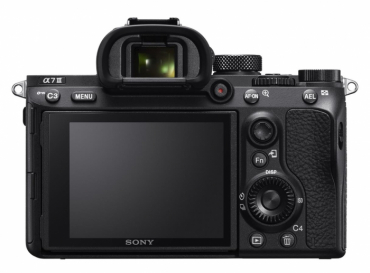
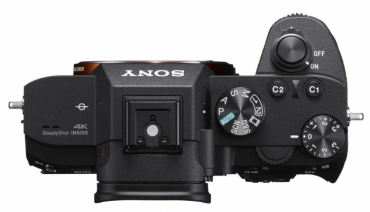
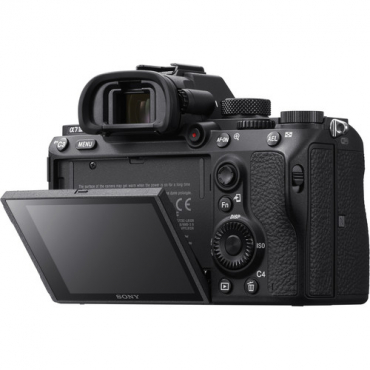
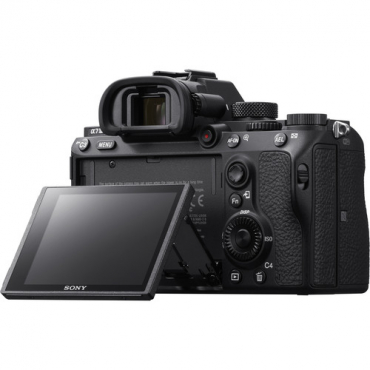
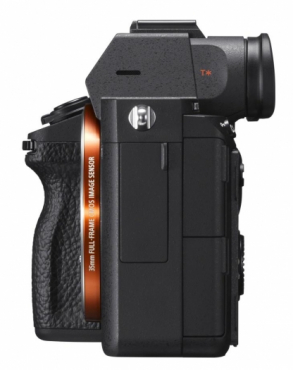


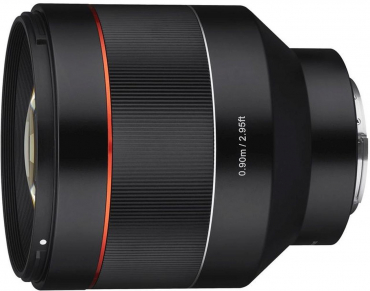

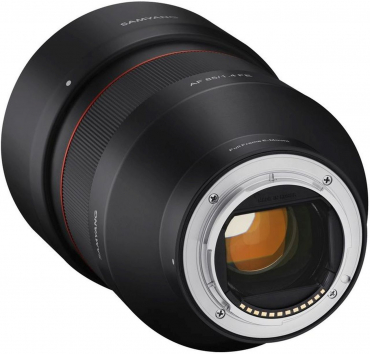
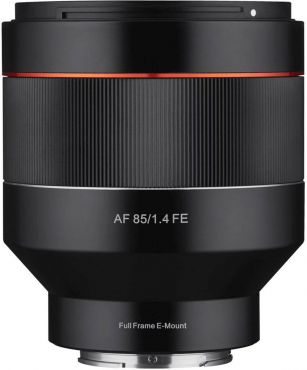
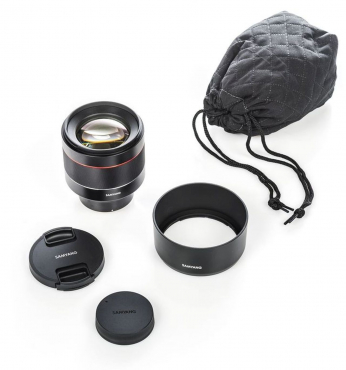
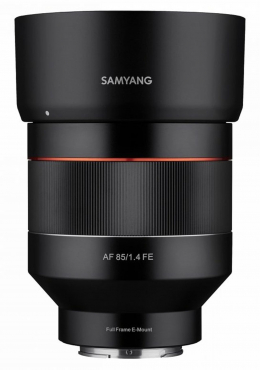

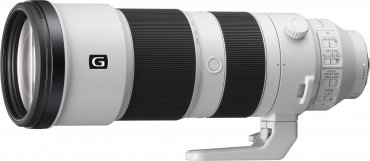

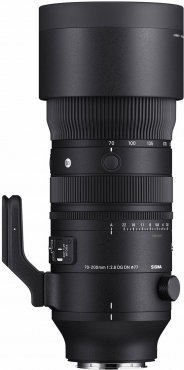
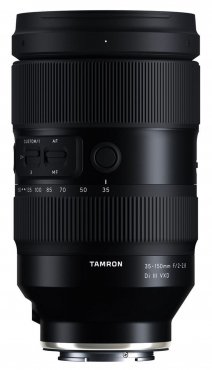

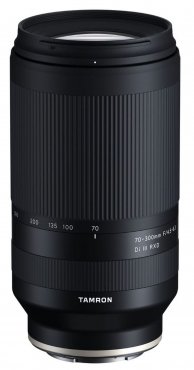
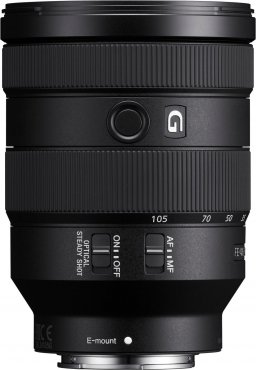
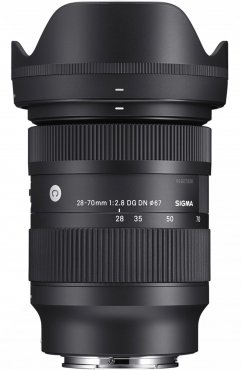
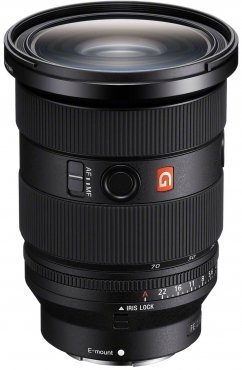
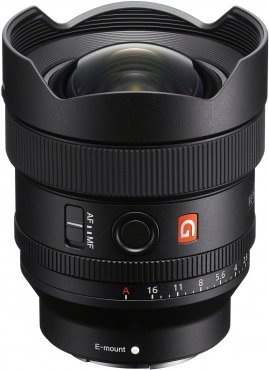
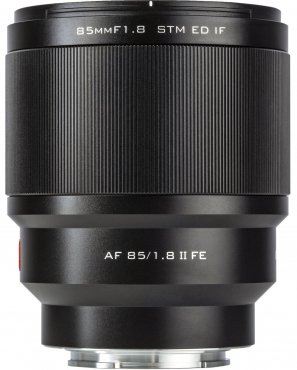
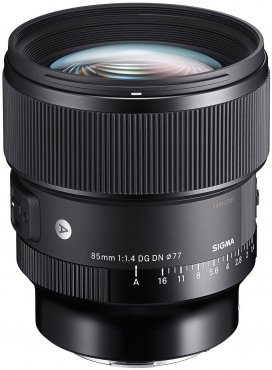
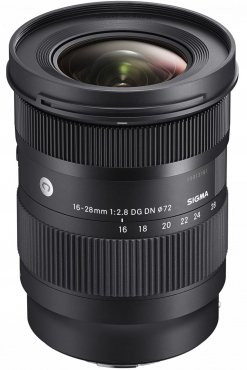
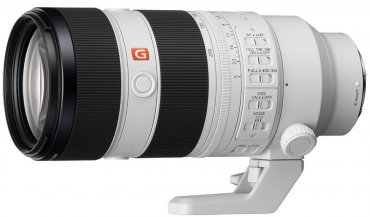
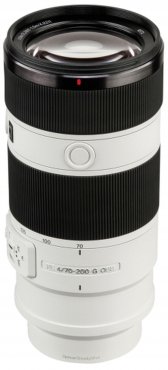
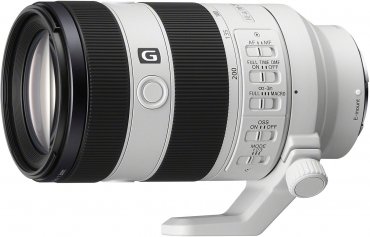
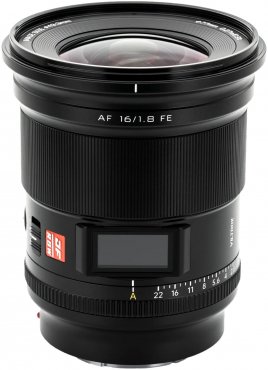
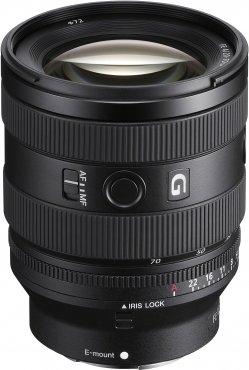
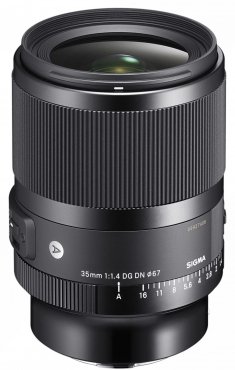
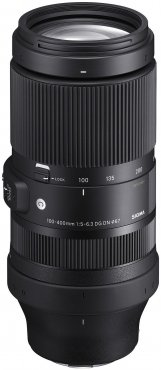



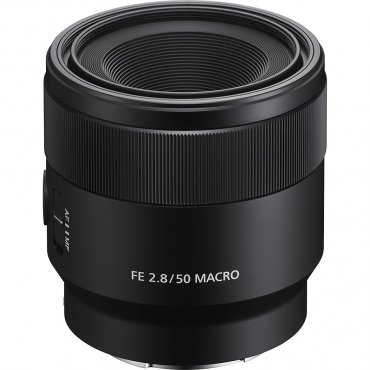


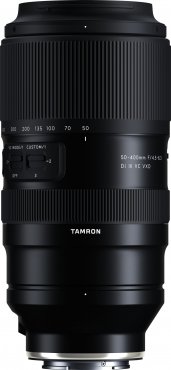
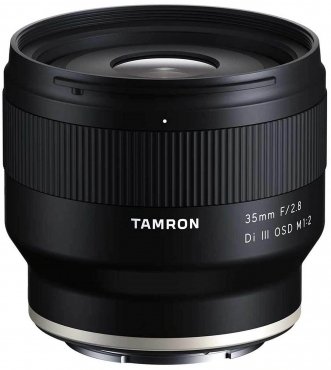
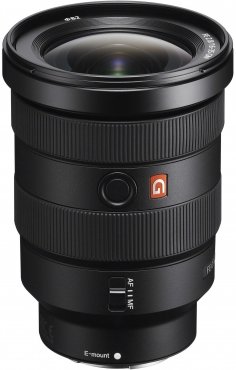
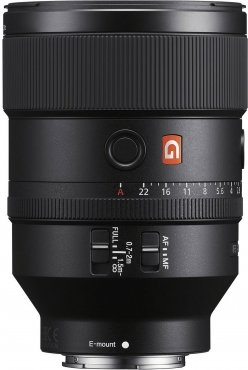

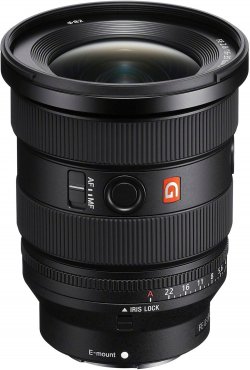
![Sigma 150-600mm f5-6.3 DG DN OS [S] Sony E-mount](https://media.foto-erhardt.de/images/product_images/thumbnail_images/907/sigma-150-600mm-f5-63-dg-dn-os-s-sony-e-mount-162814386990790304.jpg)
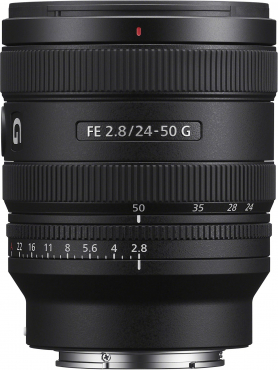
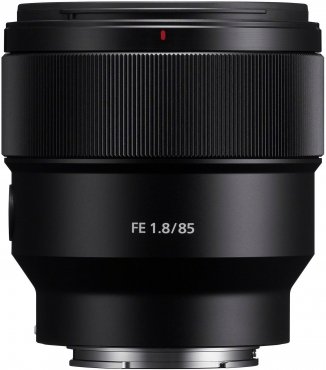
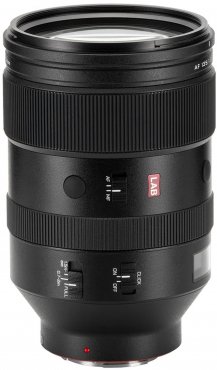
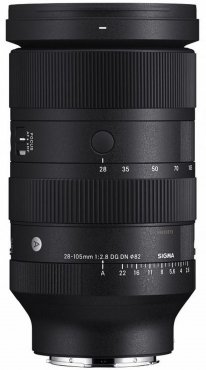


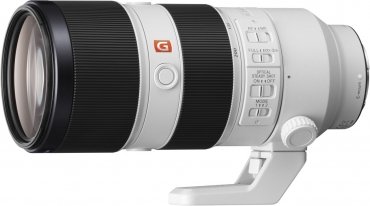

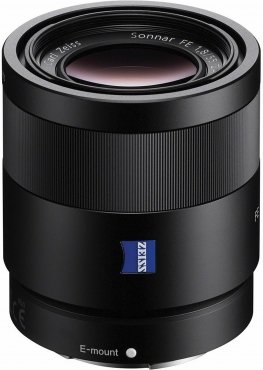

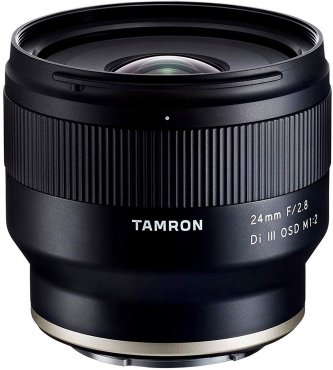
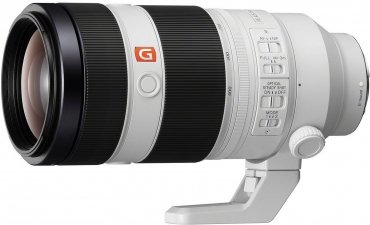
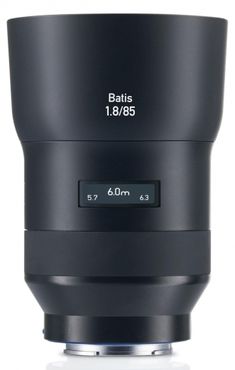
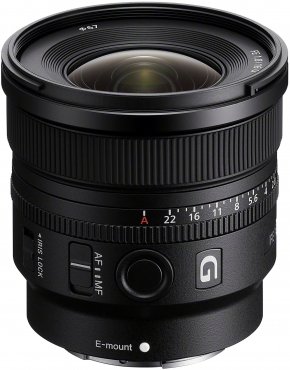
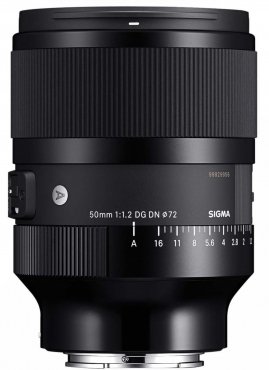
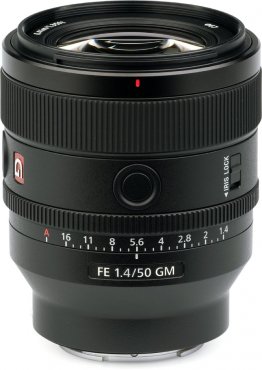

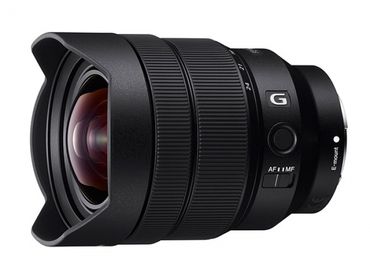

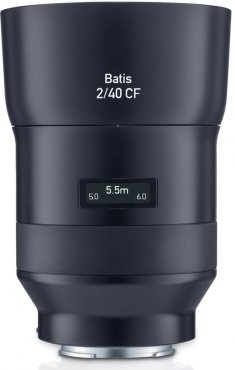

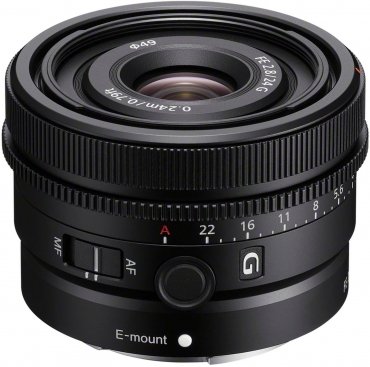
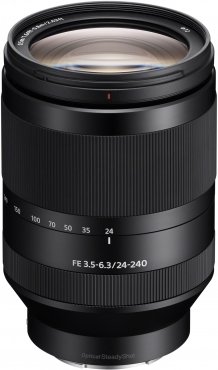
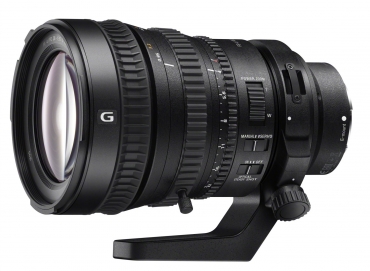


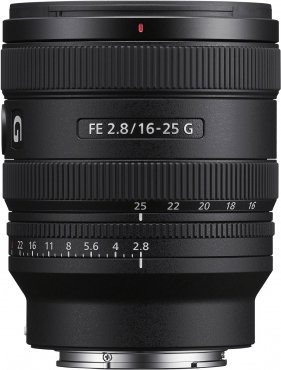
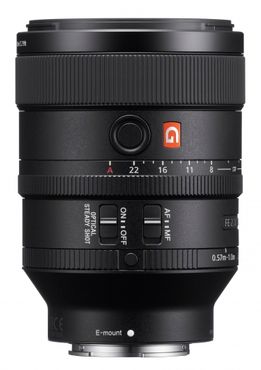
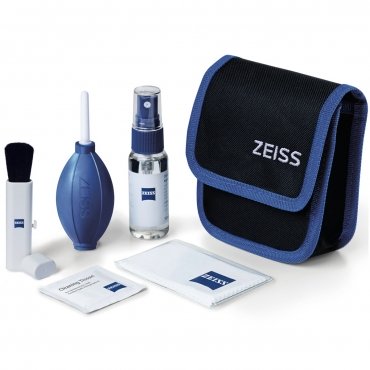
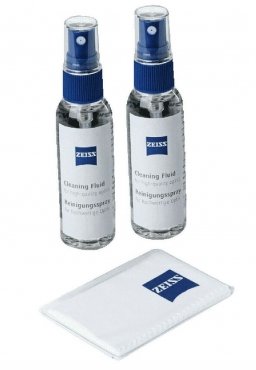

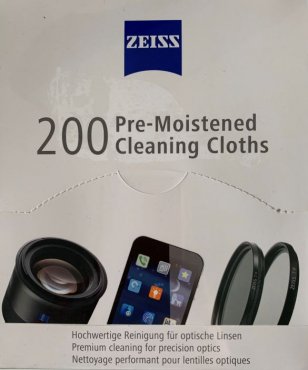
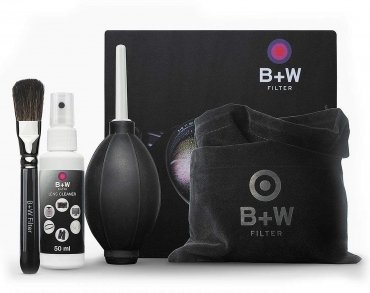
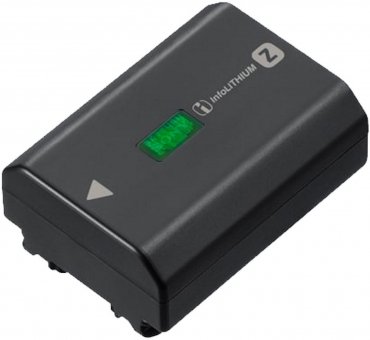

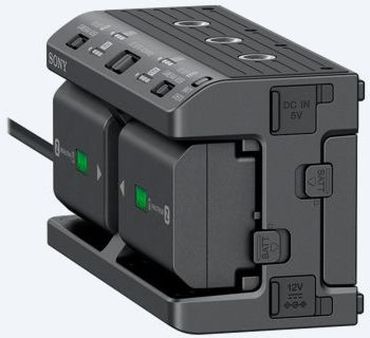

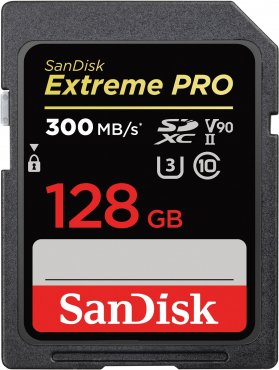

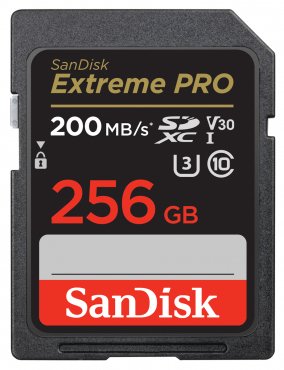
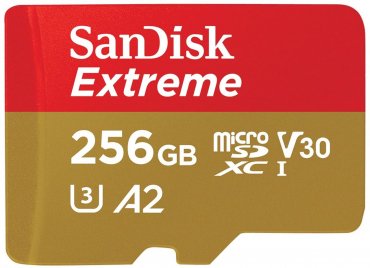
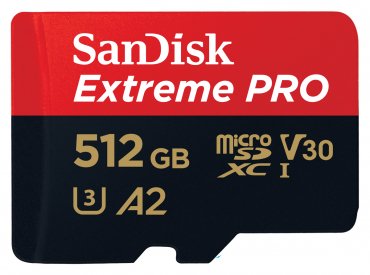
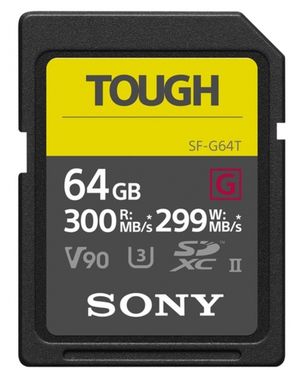
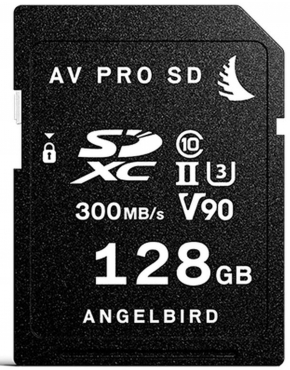
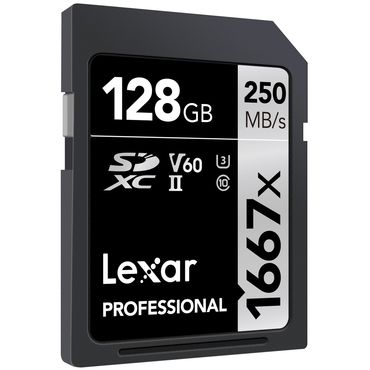
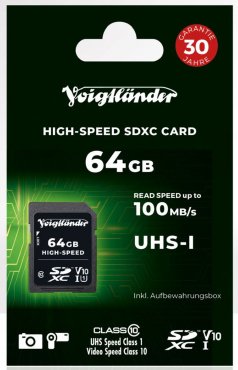
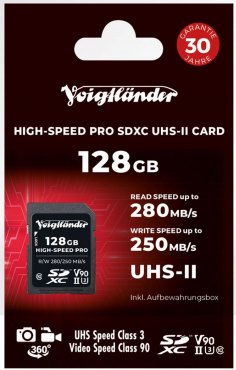
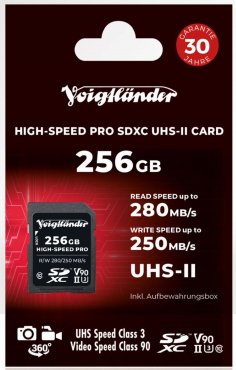
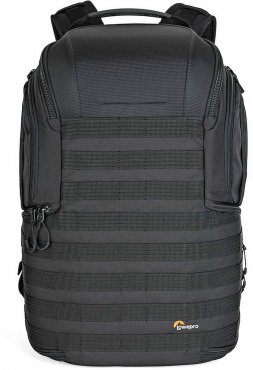
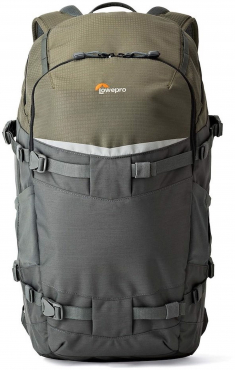
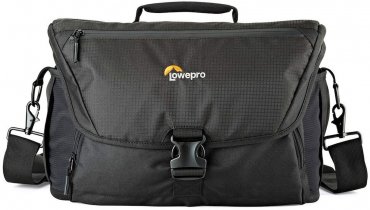

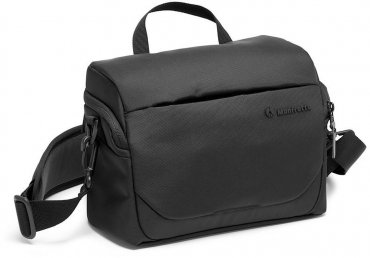
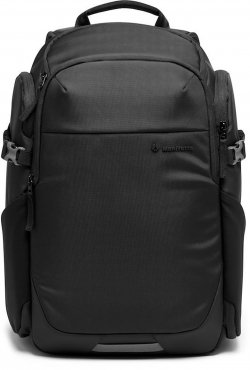
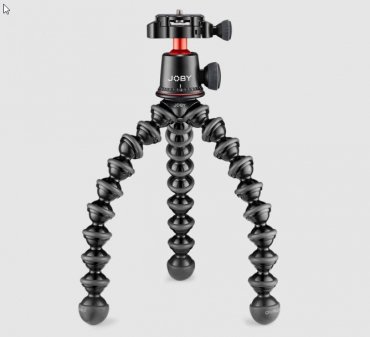
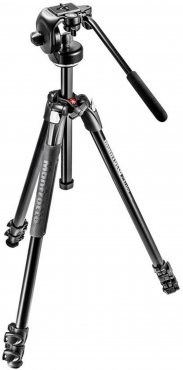
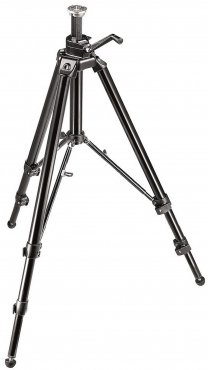
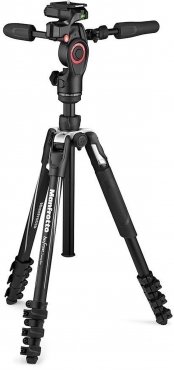
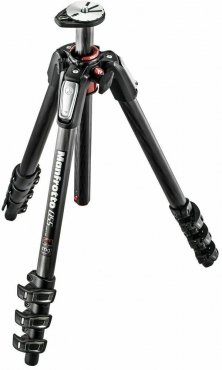
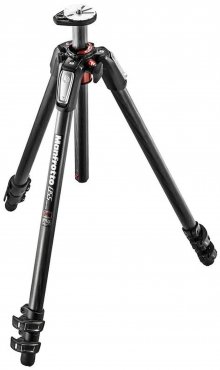
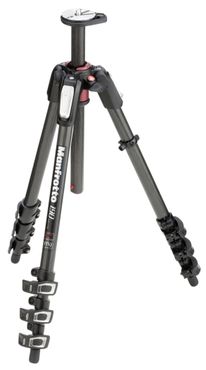

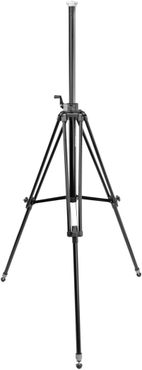
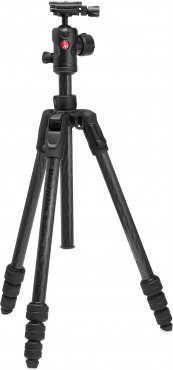

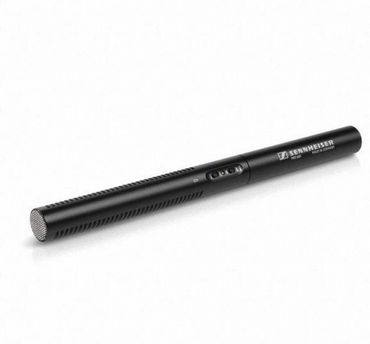

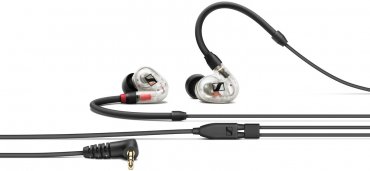
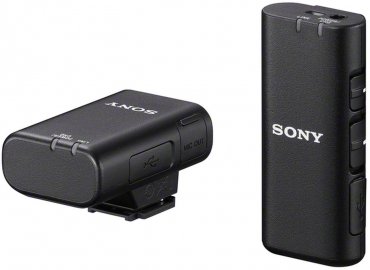
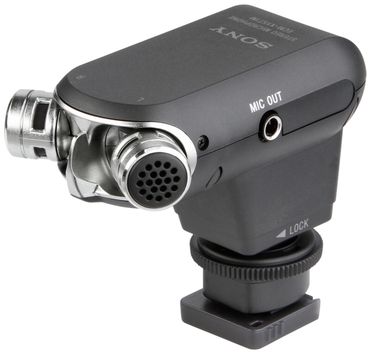



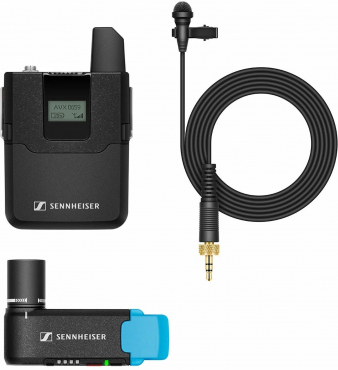
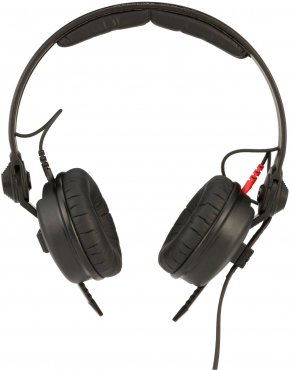
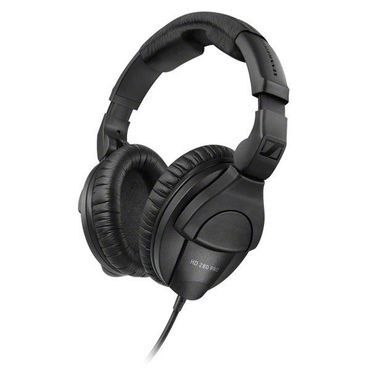
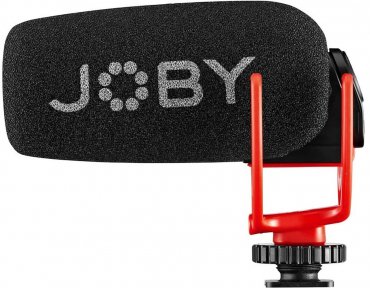
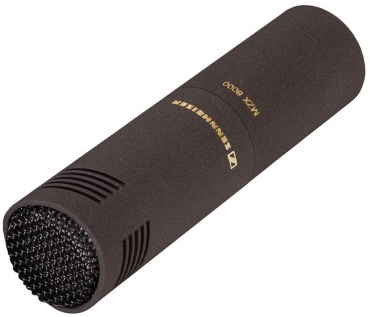
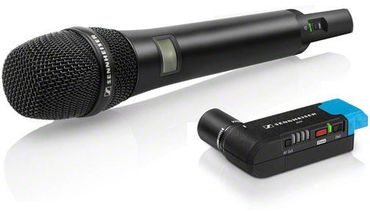



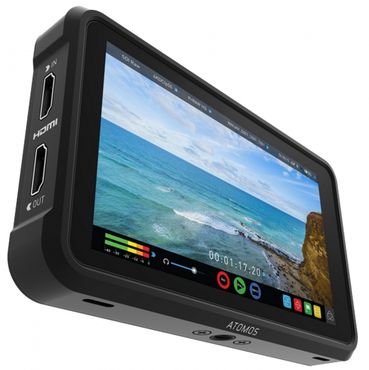
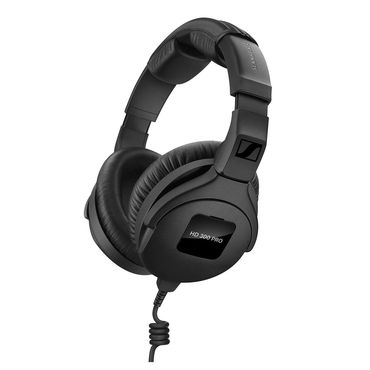
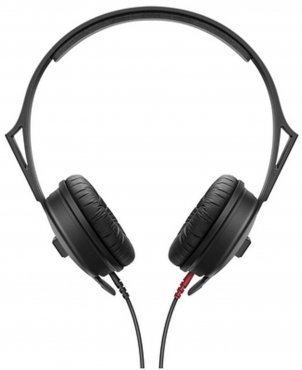
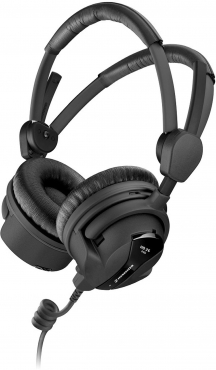

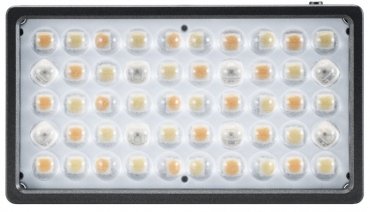
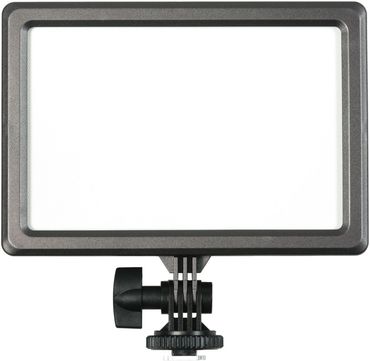
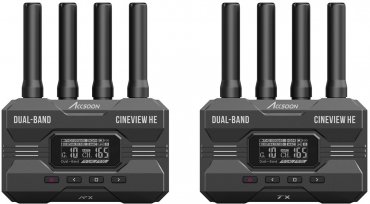
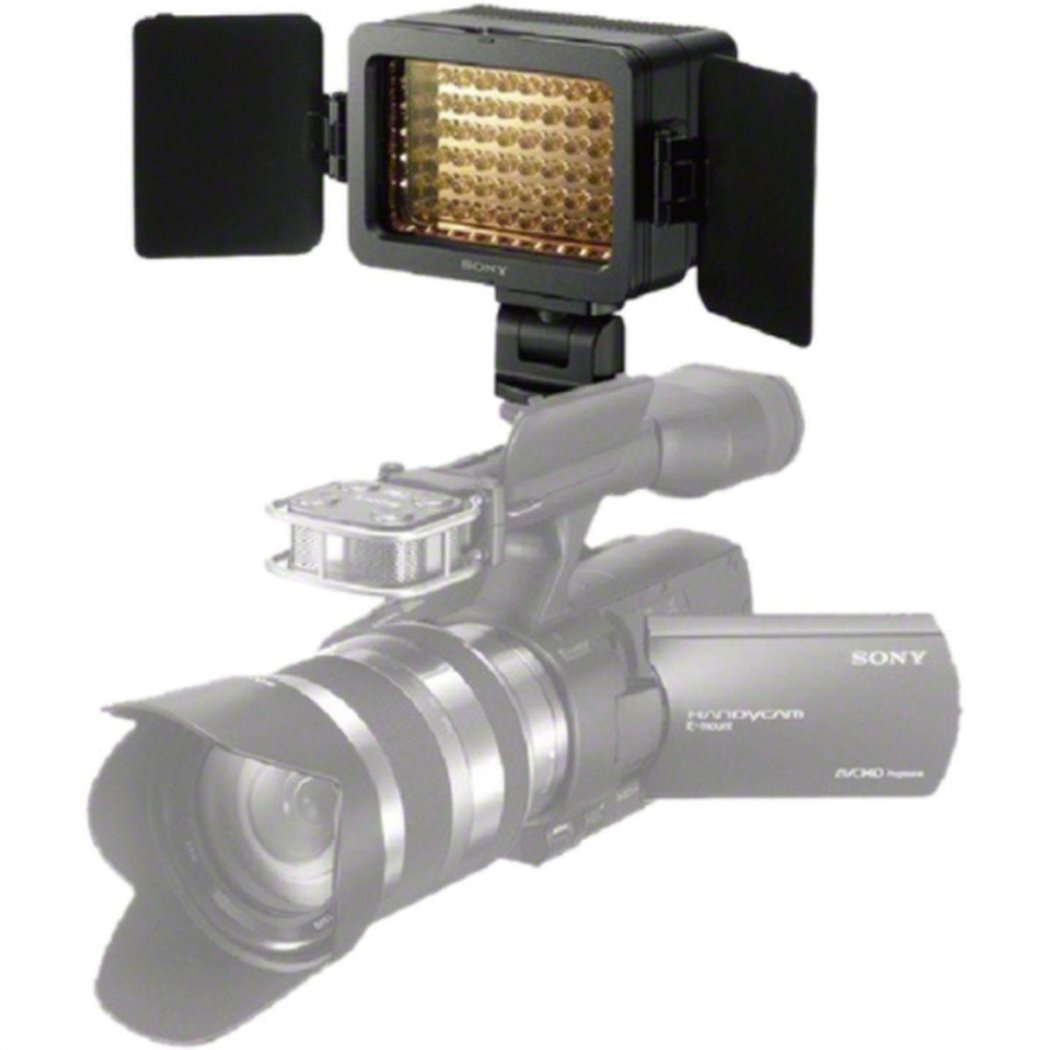
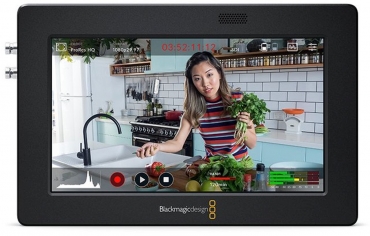
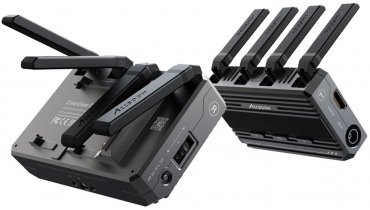
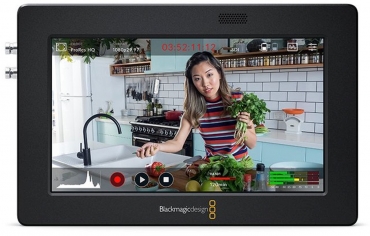
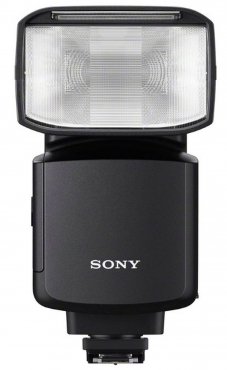
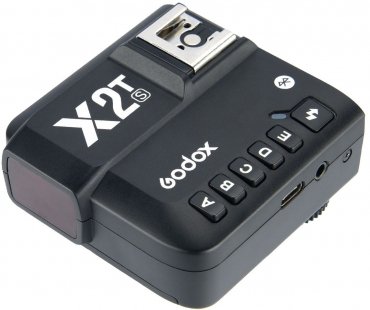
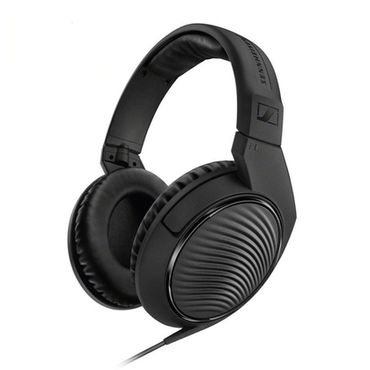
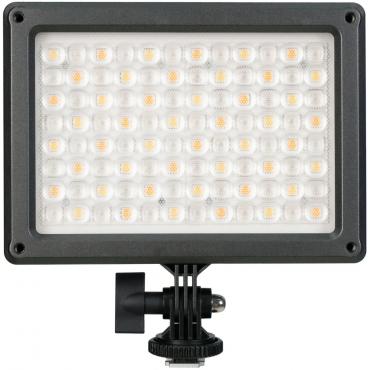
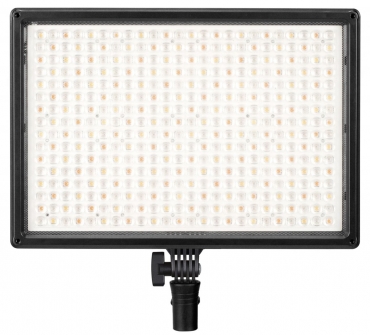
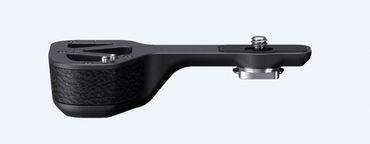

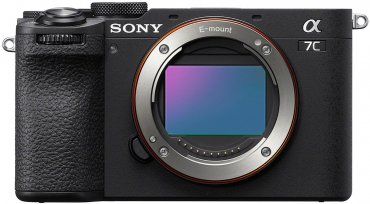

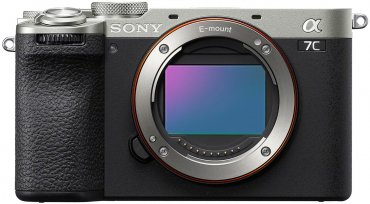
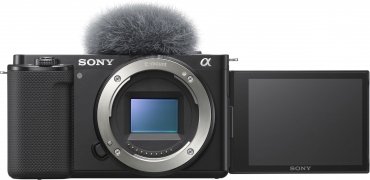
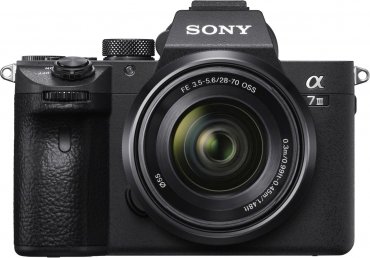
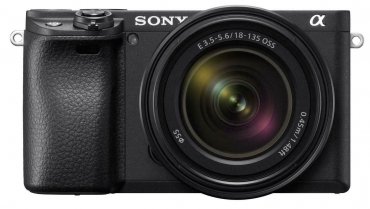
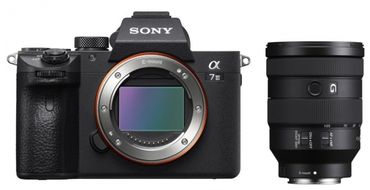
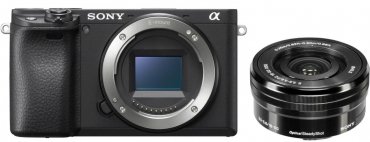
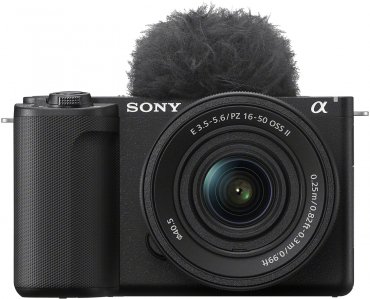
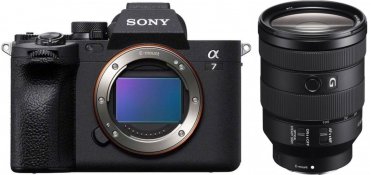
Simply subscribe and benefit as a newsletter recipient every week: